

Saint Bartholomew – one of Jesus’s 12 apostles from ancient Judea – was captured for converting the king of Armenia’s brother to Christianity. After he refused to worship a pagan idol, he was sentenced to being flayed alive and then beheaded. He is now recognised as the patron saint of tanners.
This gruesome account is one of many tales of saints’ martyrdom that gripped the attention of Spanish Baroque artist Jusepe de Ribera (1591-1652), whose work is now the subject of an exhibition at the Dulwich Picture Gallery entitled Ribera: Art of Violence, which runs until January 27th.
He earned the nickname lo Spagnoletto, or ‘the little Spaniard’, on arrival in Napes (then a Spanish province) from Rome in 1616, and one of his first commissions was a series of four saints – Bartholomew, Sebastian, Jerome and Peter – for the Duke of Osuna. Depictions of these martyred saints enrich the walls of the gallery in what is in the first ever solo presentation of Ribera’s work in the UK.
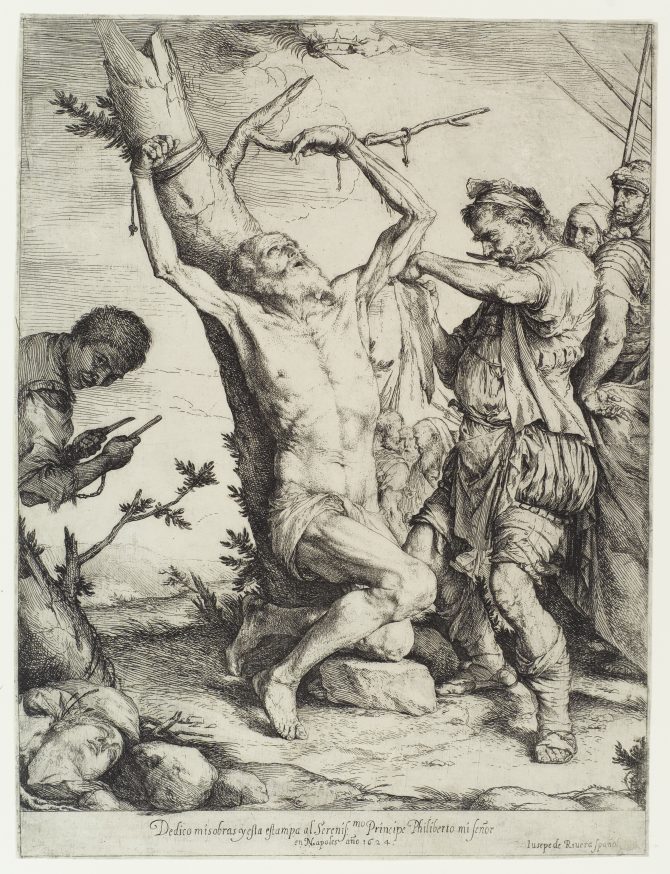
The curators of the exhibition have circumvented the artist’s well known philosopher series of three-quarter length portraits, instead focusing on the extraordinary brutality of one aspect of his draughtsmanship.
In this rendition of Bartholomew’s demise, Martyrdom of Saint Bartholome (1644), the saint’s limbs are splayed, exploding to the edges of the canvas and thrusting into the foreground.
The victim’s ruffled brow and fixed gaze confront the viewer provocatively, his direct engagement embroiling us in the scene as the viewer becomes the viewed. The beholder of his gaze is now a guilty counterpart and Bartholomew a witness.
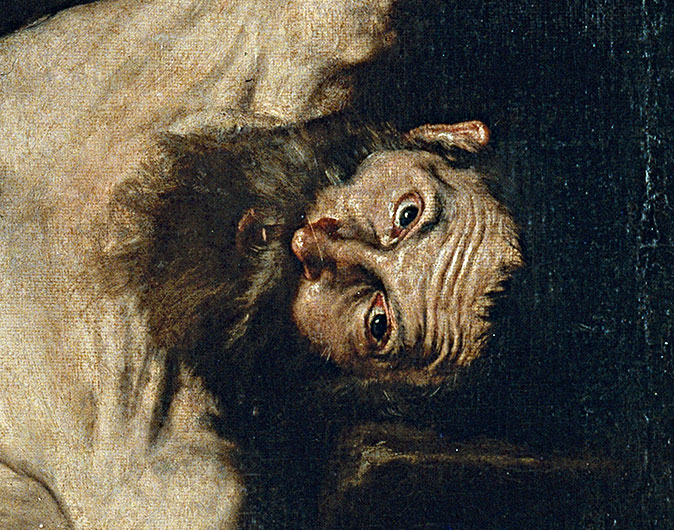
Not only was the recording of torture and execution commonplace in Ribera’s time, but the art of the Catholic Counter Reformation called for dramatic images such as these to inspire piety. Theatrical contrasts of light and dark nod to Ribera’s Italian hero Caravaggio (1571-1610) – the master of chiaroscuro – and rouse intense emotions.
Exquisite houses, the beauty of Nature, and how to get the most from your life, straight to your inbox.
Ribera’s use of everyday life models and fierce realism encouraged viewers to identify with the suffering. The extraordinary detail of Bartholomew’s leathery skin is weak-tea in colour, as though the blood has already drained from his veins. His blanched and wrinkled flesh, as it is peeled from his forearm, resembles the pliancy of the cloth that falls from his twisted body.
His torturer, beetroot-faced by comparison, shows no signs of mercy as he scoops a grubby hand under the tissue, bearing a sideways, yellow grimace.
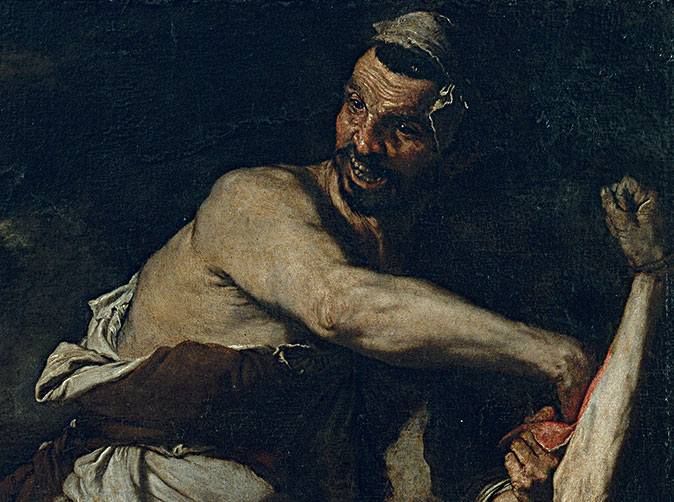
Beheaded and upturned on the ground, the fragmented idol portends to Bartholomew’s own fate. His unbound foot lies toe-to-toe with the sculpture.
The bust resembles the flawless ancient Greek marble ‘Apollo Belvedere’ – the God of music and arts. Its Classical style seems idealist when paired with Ribera’s gritty realism.
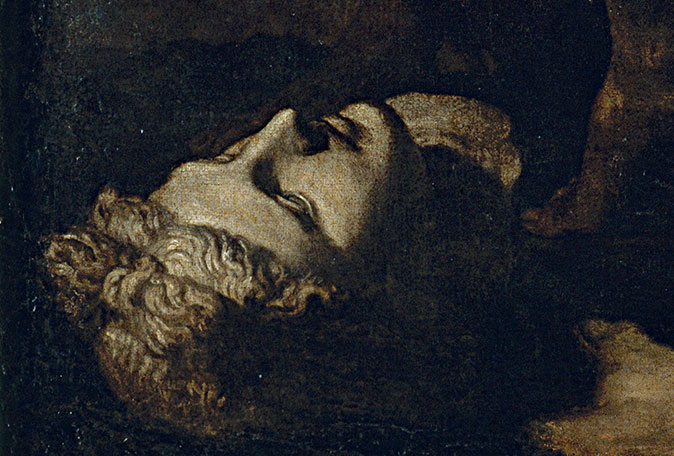
This is where Ribera’s mastery triumphs so brilliantly. His violent spectacle provokes all the senses, inviting an unnerving and complex engagement with the theme of suffering.
‘Ribera: Art of Violence’ is at Dulwich Picture Gallery, Gallery Road, London until 27th January, 2019. Tickets £16.50/£8 via the Dulwich Picture Gallery website.

Credit: Hilaire-Germain-Edgar Degas - The Burrell Collection, Glasgow © CSG CIC Glasgow Museums Collection
In Focus: The Degas painting full of life, movement and 'orgies of colour'
Lilias Wigan takes a closer look at one of the key work's at the Degas exhibition at the National Gallery
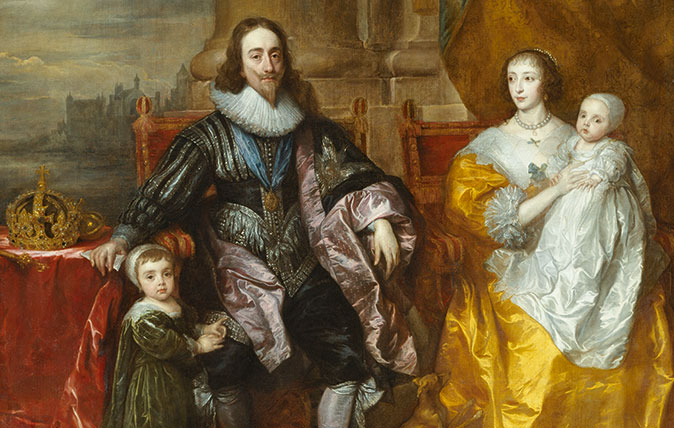
In Focus: The Van Dyck portrait that shows Charles I as monarch, connoisseur and proud father
Lilias Wigan takes a detailed look at Van Dyck's Greate Peece, one of the highlights of the Royal Academy's stunning
In Focus: The unforgettable art of the British WW1 soldier who might have been the Kaiser's son
Karl Hagedorn's contribution to Post-Impressionist art in Britain has been neglected for too long – a new exhibition in Chichester seeks
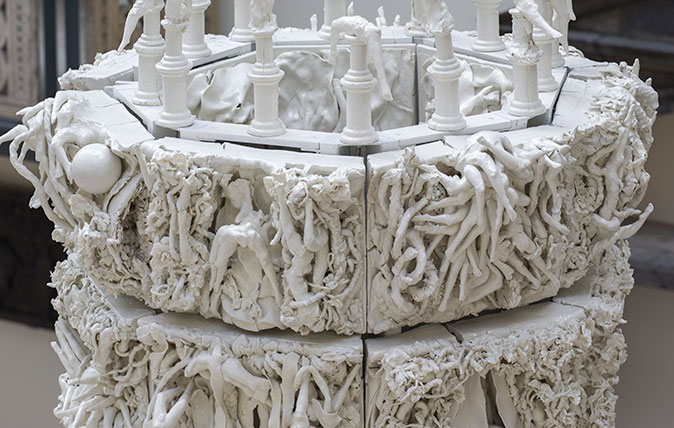
In Focus: The breathtaking sculpture at the V&A with unexplained, frenzied figures writhing in pleasure and pain
Rachel Kneebone's towering sculpture at the centre of some of the V&A's oldest treasures demands your attention in a way
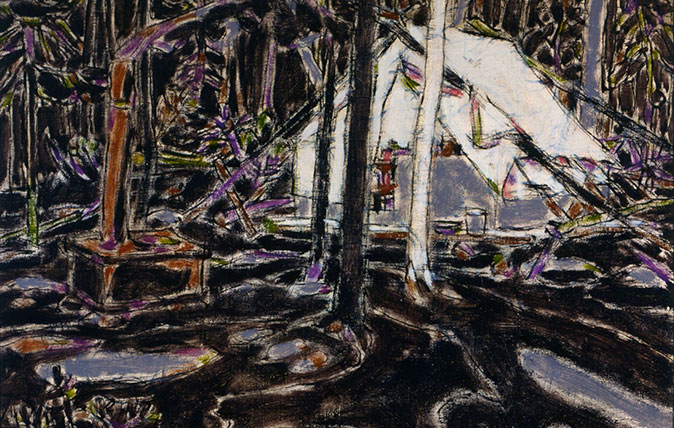
Credit: David Milne, Tent in Temagami, 1929, Collection of the Tom Thomson Art Gallery, Owen Sound, Ontario, bequest from the Douglas M. Duncan Collection, 1970. © The Estate of David Milne
In Focus: The Canadian hermit's work that is a dystopian alternative to Monet
Canadian artist David Milne moved from city to country, eventually ending up as a hermit in a remote part of